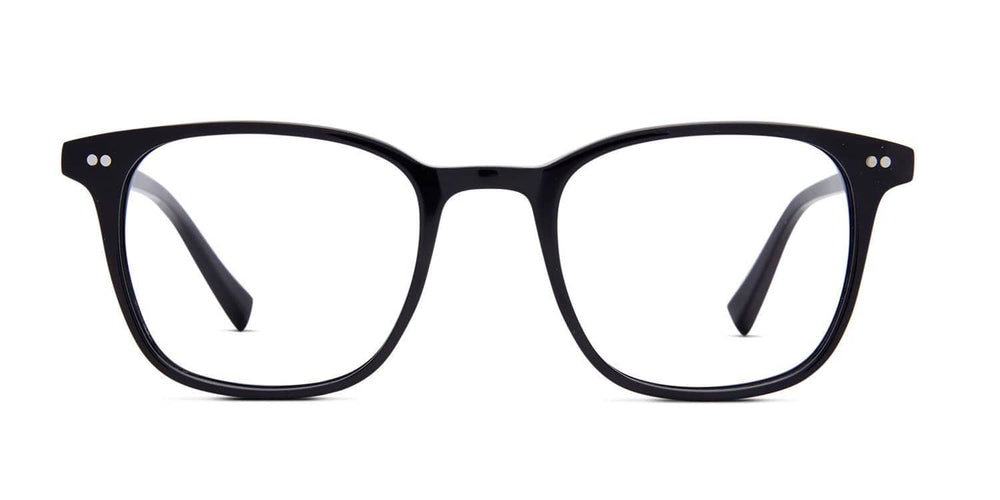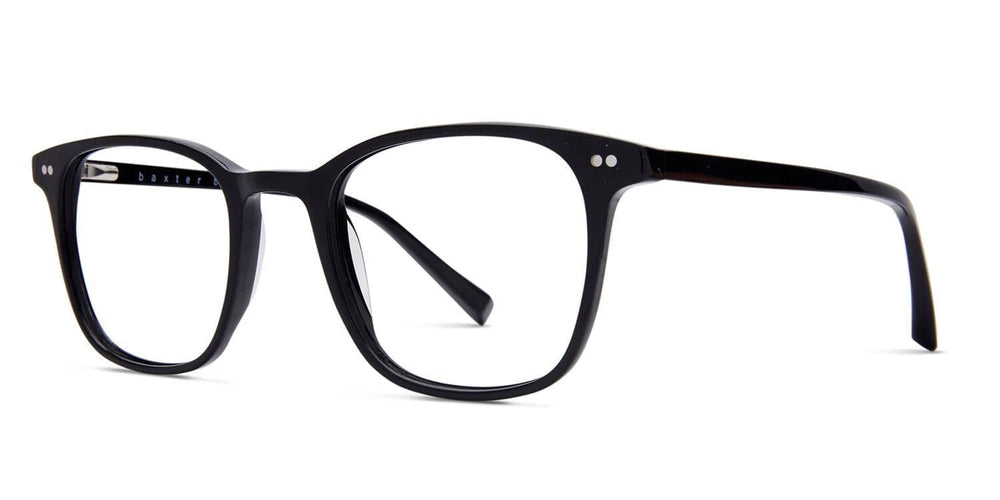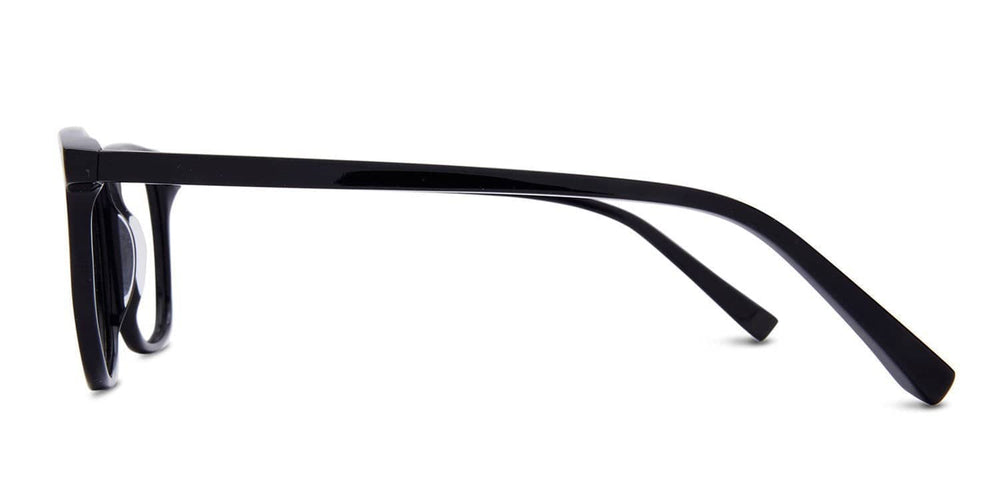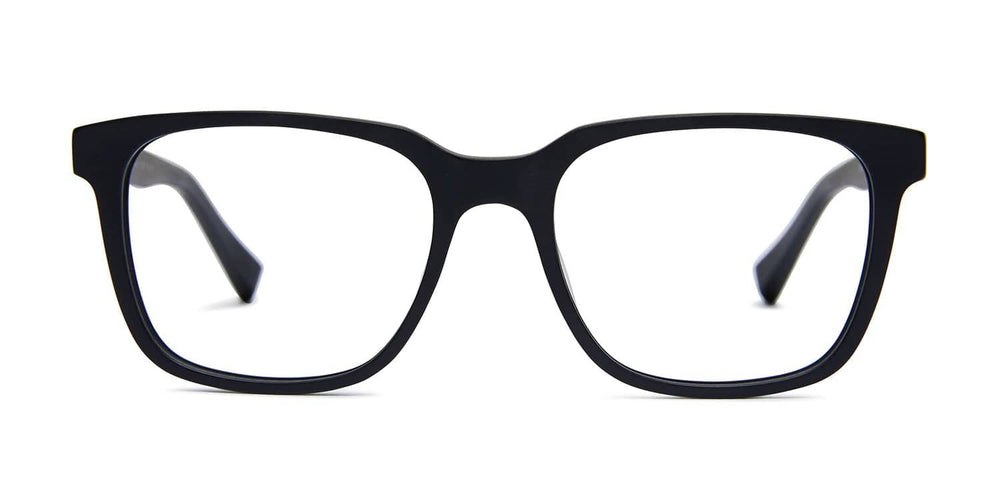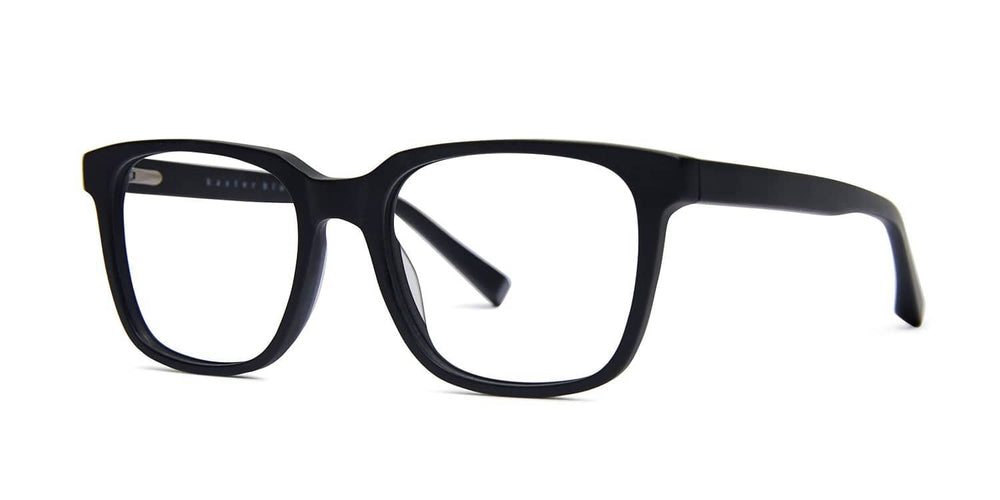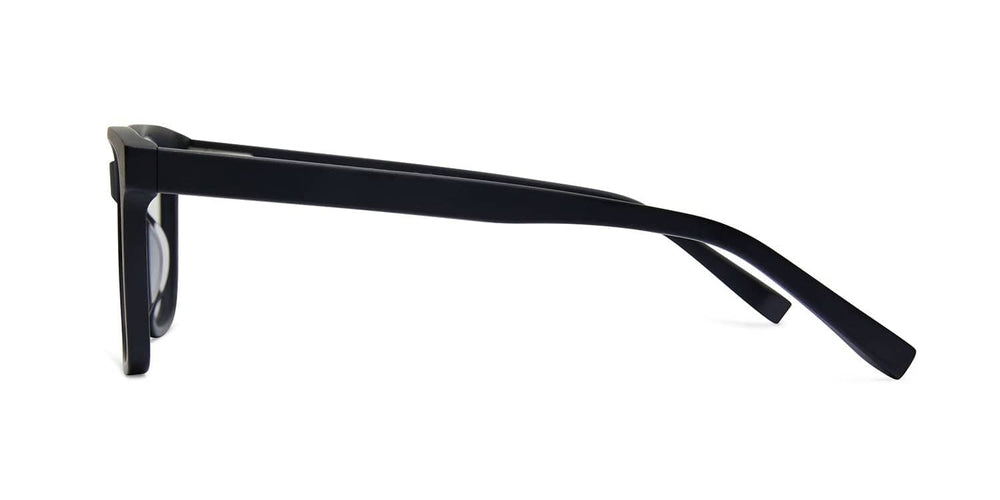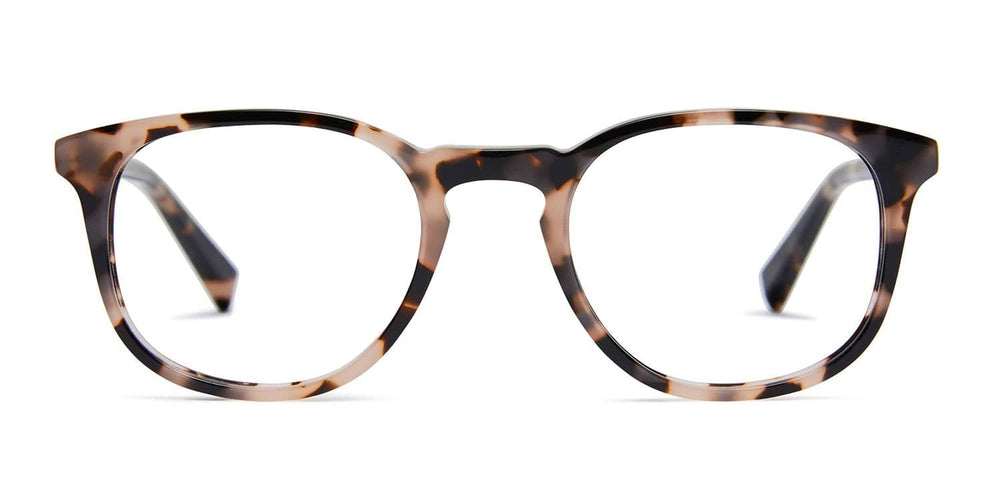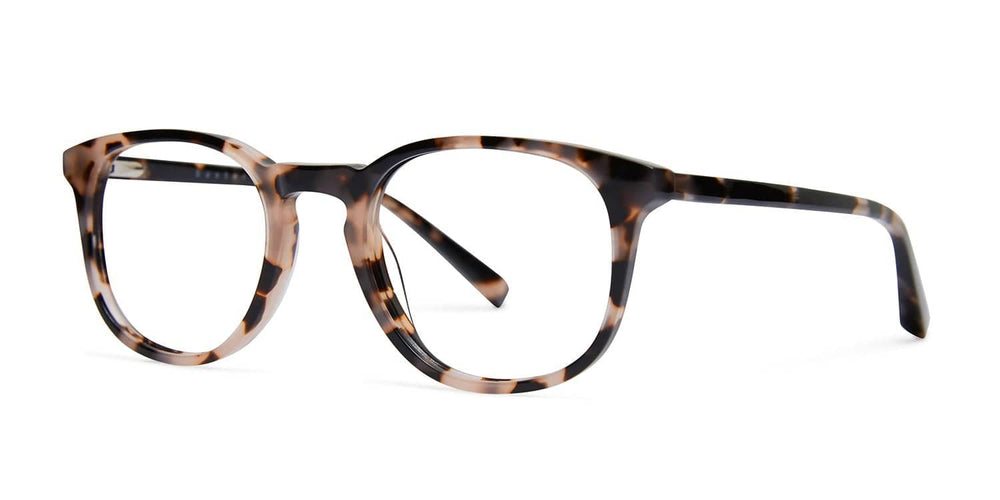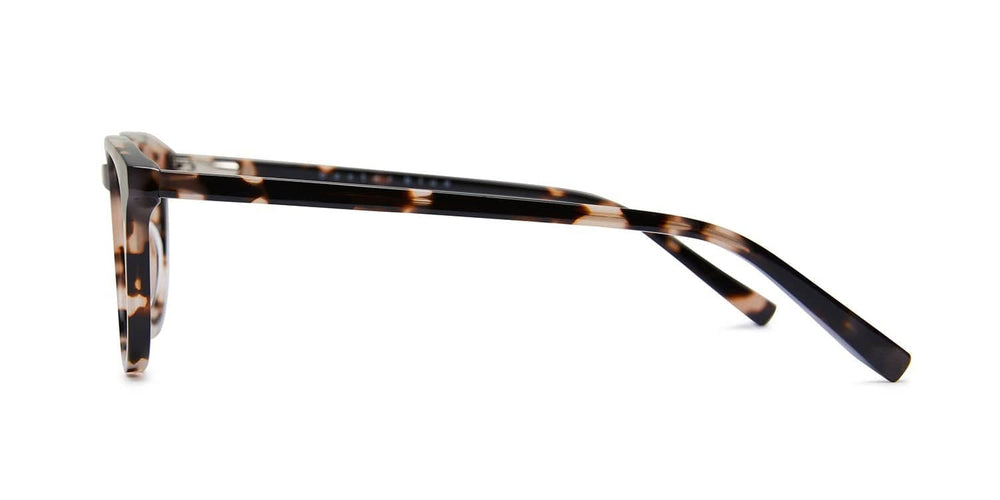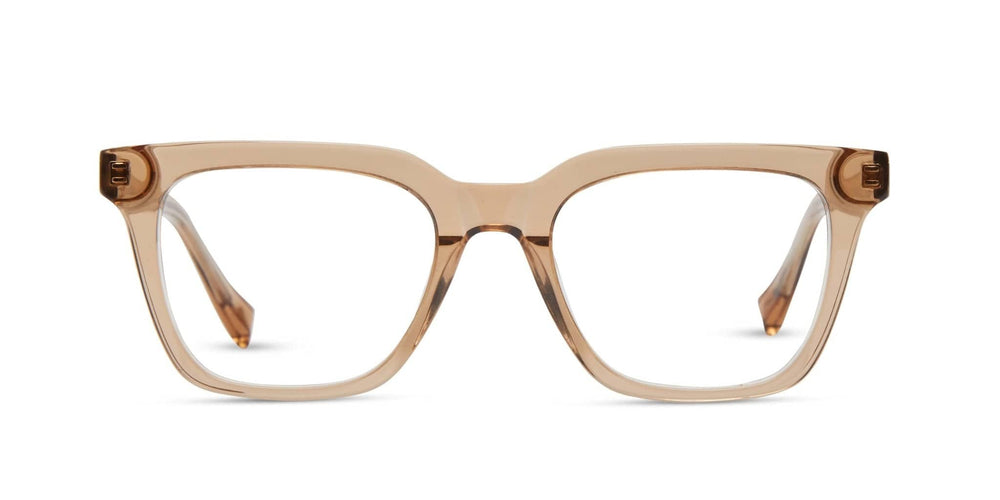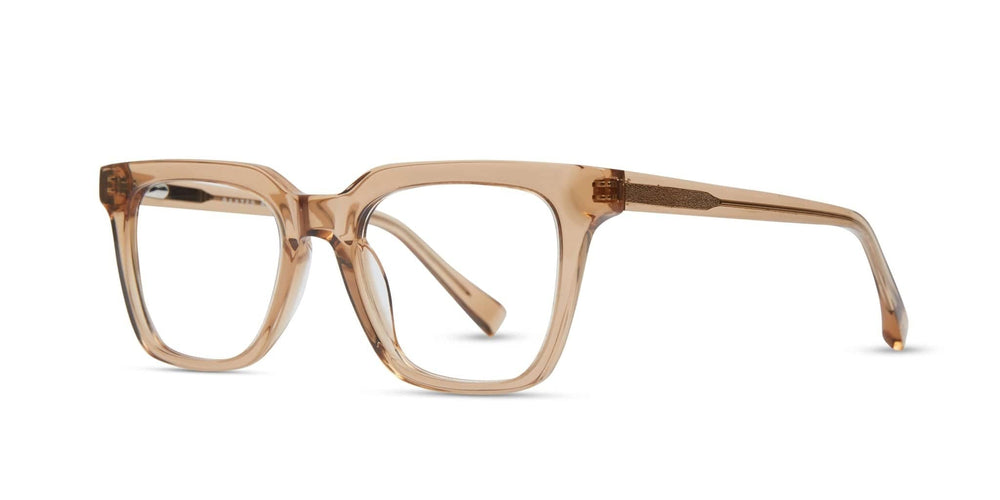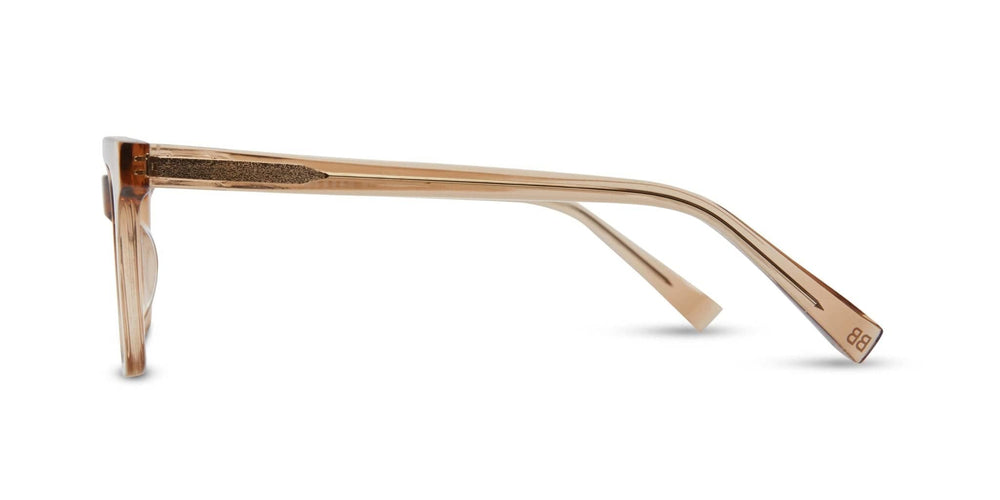Get 20% off 2 or more full priced Baxters or Wellbeing products! Add another full priced item below and a 20% discount will be applied to your overall order at checkout. That's right, 20% OFF your order!
Choose a category
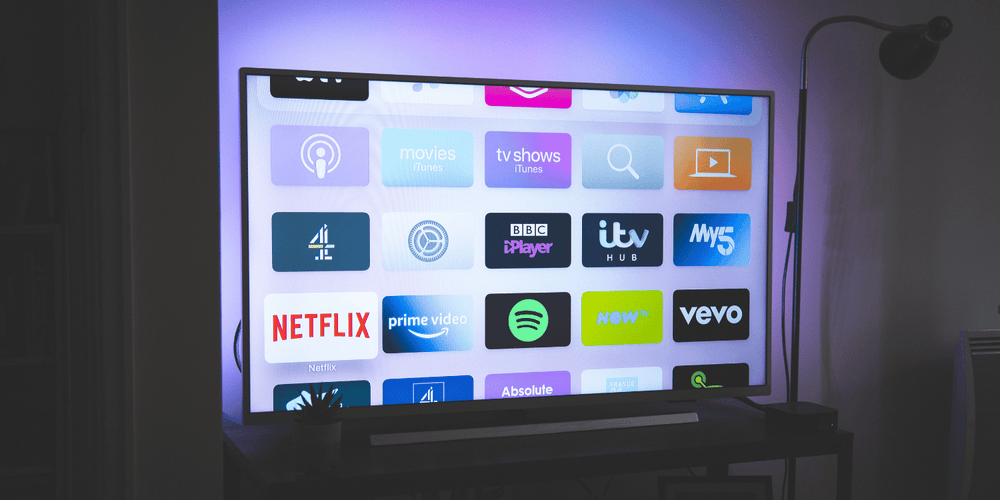
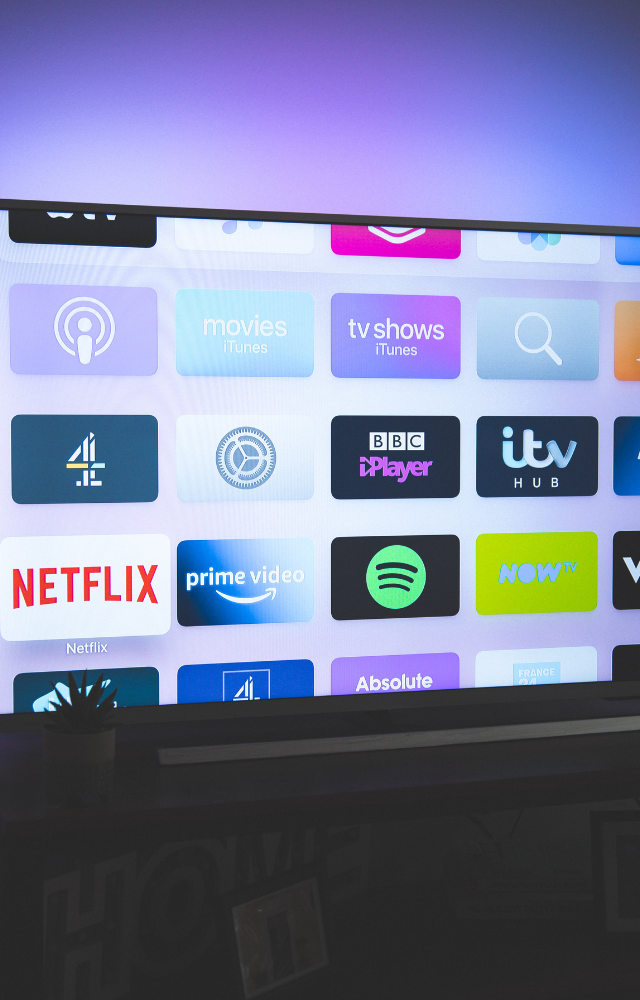
Why do screens emit blue light?
29.03.23
Our modern world is filled with digital screens, from smartphones to laptops, tablets, and televisions. They've become an integral part of our daily lives. However, there's a hidden danger lurking behind these screens: blue light.
In this blog, we'll dive into the science behind blue light, explore why it's emitted from screens, and discuss why it's potentially harmful, unlike the other colors our screens emit. So, buckle up, and let's explore the fascinating world of blue light!
Why Digital Screens Emit Blue Light
To begin, let's understand how digital screens work. Most screens today use LED (light-emitting diode) technology. LEDs create light by passing an electric current through a semiconductor. This process emits different colours of light, primarily red, green, and blue. By combining these primary colours in varying intensities, screens can produce millions of colours and shades.
Blue light, in particular, is essential for producing the desired colour balance on screens. It's responsible for the cool, crisp, and clear image quality we've come to expect from modern screens. Blue light has the shortest wavelength of the three primary colours and carries the highest amount of energy, making it easier to emit from LEDs.
Why Do Most Digital Screens Use LED Lighting
LED lighting has emerged as a superior alternative to traditional lighting solutions due to its numerous advantages. One of the most significant benefits is energy efficiency, as LEDs consume far less power than incandescent or fluorescent lights, resulting in significant cost savings over time. The long lifespan of LED lights, typically ranging from 25,000 to 50,000 hours, not only reduces the need for frequent replacements but also contributes to a lower environmental impact.
Additionally, LED lights are eco-friendly, as they do not contain harmful substances such as mercury, which can be found in compact fluorescent lights (CFLs). The versatility of LED lighting is another major advantage, offering a wide range of color temperatures and brightness levels, enabling customization to suit various applications and environments.
Lastly, LEDs have the added benefit of being shock-resistant and more durable due to their solid-state construction, making them a reliable and robust choice for both residential and commercial use.
The Blue Light Conundrum
While blue light is a natural component of sunlight and plays a crucial role in regulating our sleep-wake cycle, prolonged exposure to artificial blue light from digital screens can have adverse effects on our health.
1/ Disruption of Sleep Patterns: Our body's internal clock, or circadian rhythm, relies on natural light cues to determine when it's time to wake up or go to sleep. Blue light closely mimics sunlight, tricking our brains into thinking it's daytime even when it's not. This confusion can lead to disrupted sleep patterns and insomnia, leaving us feeling groggy and less productive.
2/ Digital Eye Strain: Staring at screens for extended periods exposes our eyes to an excessive amount of blue light. This overexposure can cause digital eye strain, also known as computer vision syndrome, which can lead to symptoms like dry eyes, headaches, blurred vision, and neck and shoulder pain.
3/ Potential Long-term Effects: Studies have shown that prolonged exposure to blue light could contribute to age-related macular degeneration (AMD), a leading cause of vision loss. Blue light penetrates deep into the eye and can damage the light-sensitive cells in the retina, gradually leading to vision problems over time.
Why Are Other Colours in LED Lighting Not Harmful
You might wonder why the other colors emitted by screens aren't as harmful as blue light. The primary reason lies in the wavelengths and energy levels of the different colours. As mentioned earlier, blue light has the shortest wavelength and highest energy levels. This higher energy makes it more likely to cause potential harm to our eyes and disrupt our sleep patterns.
In contrast, red and green light have longer wavelengths and lower energy levels, making them less likely to cause eye strain or interfere with our circadian rhythm. Additionally, our eyes are less sensitive to red and green light, so they don't cause the same level of strain as blue light.
As our lives continue to be dominated by digital screens, it's essential to understand the potential risks associated with prolonged exposure to blue light. To mitigate these risks, consider adopting healthy habits like taking regular breaks from screens, wearing a pair of premium blue light glasses and avoiding screen usage at least an hour before bedtime.
By being aware of the dangers of blue light and taking proactive steps to minimise exposure, we can continue to enjoy the benefits of modern technology without compromising our health and well-being.
Baxter Blue's range of Blue Light Glasses


